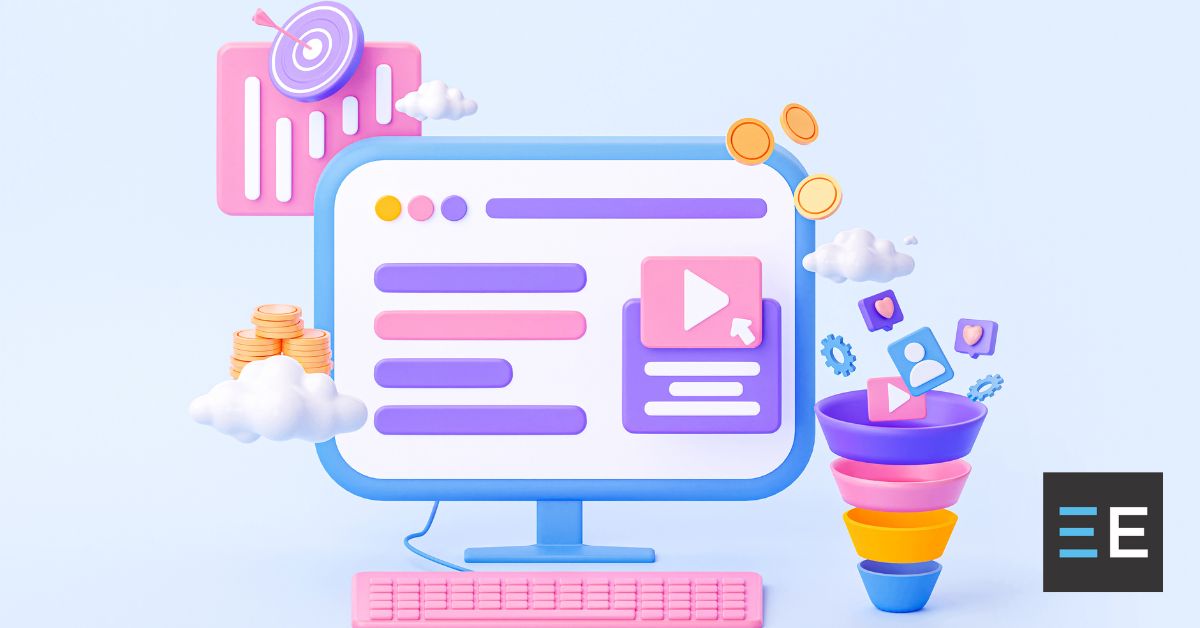Creating content for the sales funnel has become increasingly important in today’s changing digital marketing landscape. Content plays a key role in turning prospects into conversions, making it an essential aspect of any successful marketing strategy. For content marketers and writers, mastering the art of crafting content that effectively guides prospects through the sales funnel is not a skill—it’s a necessity.
In this guide, we will explore the world of creating content that drives conversions. We’ll cover everything from attracting prospects at the beginning of their journey to nurturing leads and closing deals. Throughout this guide, we’ll provide you with tips and tricks to optimize your content marketing strategy and produce content that resonates with your audience at every stage.
Understanding the Sales Funnel
Before we delve into the tips and tricks, let’s ensure that we have an understanding of what the sales funnel is and how it functions. The sales funnel, also known as the marketing funnel, is a framework that illustrates how customers progress from being aware of your product or service, to making a purchase decision. Typically it consists of three stages;
Top of the funnel (TOFU), awareness stage
During this stage, individuals are becoming aware of a problem they have that they need to solve. The primary objective at this stage is to capture the attention of potential customers as early as possible by offering valuable and informative content.
Consideration stage
In the middle of the funnel, prospects are actively evaluating their options for solutions. Your content should effectively showcase why your product or service is the best choice for them.
Decision stage
At the bottom of the funnel, leads are ready to make a decision. Your content should focus on converting these leads into customers by encouraging them to take actions such as making a purchase, subscribing, or engaging in some other desired behavior.
Now let’s delve into strategies and techniques for crafting high-quality content that aligns with each stage of the funnel.
Top of the Funnel (TOFU)
Use this phase to establish your brand as an authority in your industry. Be sure to include data and metrics whenever you can.
Email drip campaigns
Utilize email drip campaigns to nurture leads. Send valuable, targeted content that educates and guides customers toward making a purchase decision. Customize your emails based on their interests and the actions they have taken on your website.
Interactive content
Engage your audience with content such as quizzes, surveys, or calculators. Interactive content not only grabs attention but also provides you with insights into the preferences and needs of your leads.
Product demonstrations and tutorials
Give customers a hands-on experience of your product or service through demonstrations and tutorials. Videos or live webinars can demonstrate how your offering can effectively address their challenges.
Bottom of the Funnel (BOFU)
Free trials and samples
Offering trials or samples is a way to encourage leads to convert. Make sure that the trial periods provide time for users to fully experience the value of what you offer.
Personalized content
Tailor your content according to the needs and preferences of each lead. Use the data and insights you’ve gathered to provide recommendations and offers that cater to each individual.
A/B testing
Try out different types of content formats, headlines, and calls to action. A/B testing allows you to continuously improve your content strategy and optimize for conversion rates.
Marketing Automation
Implement marketing automation tools to streamline your content distribution and lead nurturing processes. These tools can help you deliver the right content to the right leads at the right time.
Conclusion
Creating valuable content for the sales funnel is a multifaceted endeavor that requires a deep understanding of your audience, their needs, and their journey. By tailoring your content to each stage of the funnel and employing the tips and tricks outlined in this guide, you can enhance your content marketing strategy and drive higher conversions.
Remember that content marketing is an ongoing process. Continuously analyze and refine your strategy based on the results you achieve and the evolving needs of your audience. With dedication, creativity, and a commitment to delivering value, you’ll be well on your way to mastering the art of creating content that converts prospects into loyal customers.








